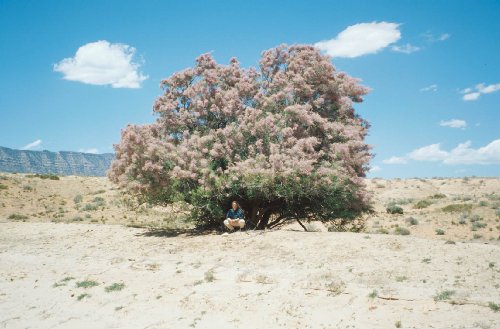
Tulip Gardens
GPS
Tips for Educators: Invasive Species Exercises

Observing invasive species is a difficult prospect, as you must distinguish which plants are invasive, then track their growth and health/status, to report your findings so that people can manage for them.
These laboratory exercises are designed to help guide you through the process of monitoring invasive species, but we also want to give you some extra tips on how to make the most of your observations and activities.
To help with setting up the plots for invasive plant monitoring, a 1-square-meter plot is useful. These are relatively easy to make, and can help get students more involved in the process of setting up areas for data collection. Instructions for making these plots are available through the NIISS website.
When collecting data in the field, it is often a good idea to collect the unknown plants that you come across. This can become difficult, especially if you see many unknown plants that you want to collect and identify. To help keep your plant collections organized, NIISS has also provided a guide to carrying plant samples.
It is important to identify the plants that you have collected too. Online databases and guides to identifying plants are good places to start if you get stuck and cannot seem to identify a sample that you have collected in the field.
Image Source: Paul Evangelista, NIISS